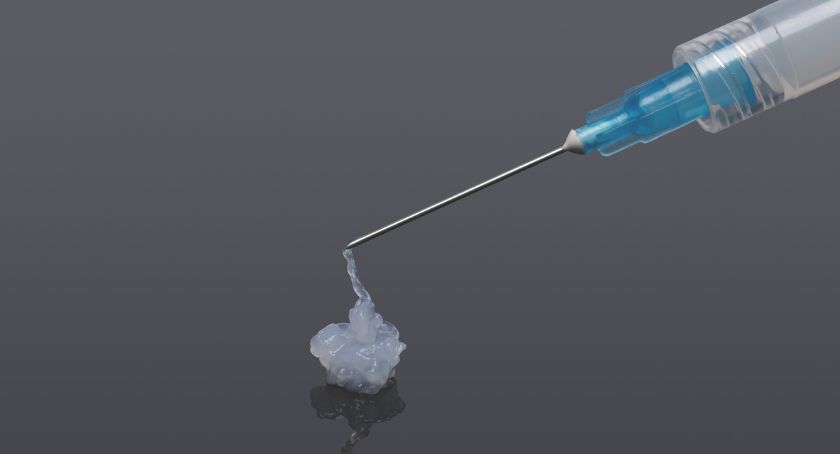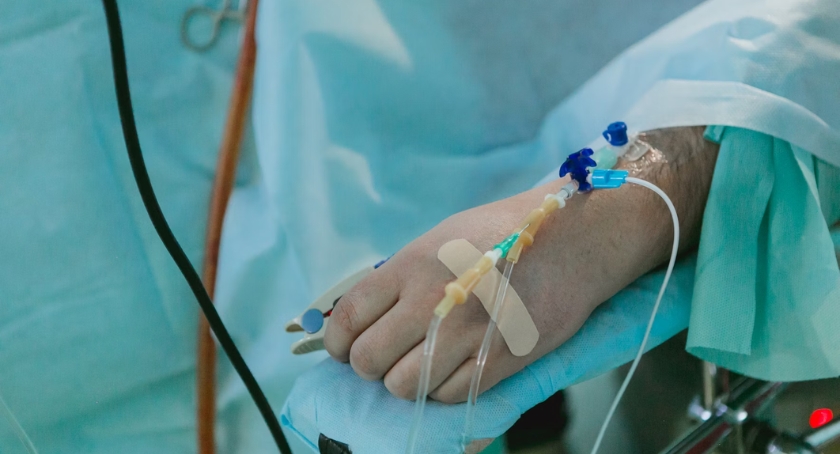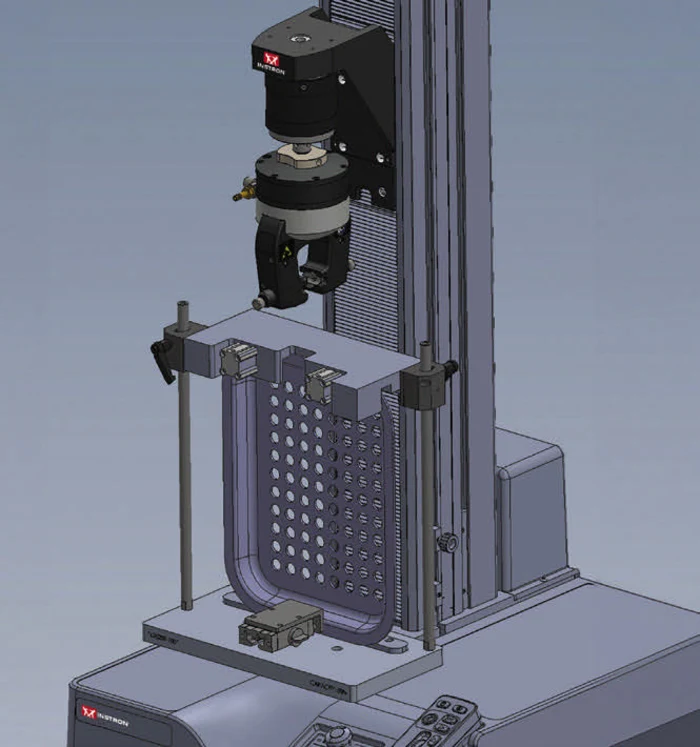Materials
-
2025.06.05
Enhancing Manufacturing Efficiency with High-Performance Coatings
Medical device manufacturing is a highly regulated industry that demands precision and faces numerous challenges. Ensuring efficiency, compliance, and safety is crucial for maintaining the integrity of the manufacturing process and the quality of the final products.

Read More -
2025.06.03
Overcoming sterilisation stagnancy through materials science

Read More -
2025.03.26
Nanocellulose: A Bright Future for Medical Devices?
Nanocellulose is emerging as a transformative material in the medtech sector, offering an exceptional combination of biocompatibility, sustainability, and mechanical versatility. With increasing demand for eco-friendly and non-animal-derived materials, nanocellulose is poised to revolutionize medical device design and manufacturing.

Read More -
2025.03.18
Additive Manufacturing of Biomedical Metals for Medical Implant Fabrication
Biomedical metal implant materials are widely used in clinical applications, including dental implants, hip replacement, bone plates, and screws. However, traditional manufacturing processes face limitations in meeting customized medical needs, internal structural control, and efficient material utilization.
Read More -
2025.02.21
Recycling Challenges and Innovations for Medical Plastics

Read More -
2024.12.05
Innovations In Biocompatible Materials For Medical Devices
The latest breakthroughs, current industry trends, and regulatory challenges of biocompatible materials for medical devices and implants.
Read More -
2024.12.02
What is Nitinol and How is it Leveraged in Medical Device Design?
Nitinol, a shape memory alloy, is leveraged in medical devices for optimal efficiency, from reducing procedure times to promoting effective fracture recovery.
Read More -
2024.10.17
Addressing Challenges in Primary Packaging Testing for Medical Devices

Read More -
2024.09.10
Medical Plastics 101: The Crystal-clear Benefits of Polycarbonate
The material’s strength, clarity, and toughness make it an obvious choice for a range of medical device applications.
Read More -
2024.07.31
Metal-to-Metal or Self-lubricating Spherical Plain Bearings: Which is Better for my Robot?
Discover the key factors for choosing the perfect SPBs for your robot. Explore the pros and cons of the various types and learn best practices for assembly in linkages.

Read More









